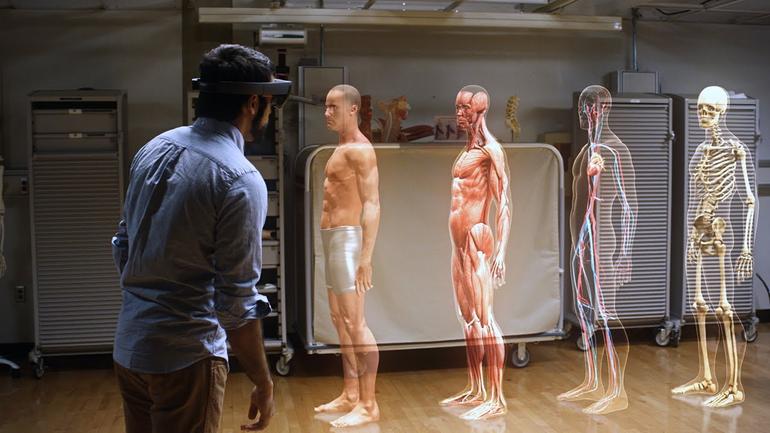 Image: Microsoft
Image: Microsoft
Here’s a cool use for the new Microsoft Hololens!
HoloLens, MD: Why this medical school will teach doctors anatomy with Microsoft’s augmented reality, not cadavers
ZDNet – By Jo Best – “Every doctor, no matter how long they’ve been out of medical school, will remember the first time they walked into a dissection lab. They’ll remember the smell of the embalming fluid, the feeling of peeling back the cover to reveal the cadaver underneath, and being handed a scalpel and asked to make their first incision.
It’s a rite of passage for many aspiring doctors: some will cry or faint at the sight of the cadaver, some will understand for the first time how different systems work together, or that medicine goes hand in hand with mortality, and all will feel profoundly grateful to the person whose donated body lies in front of them.
Dissection labs are often cramped, with too many students per cadaver to afford everyone a good view. The chemicals used to preserve the bodies are harsh and can provoke allergies in some people, and the labs are difficult and expensive to maintain.
Could there be a better way for medical students to learn anatomy? One university thinks so: when Case Western opens its new health education campus in collaboration with the Cleveland Clinic in 2019, students won’t learn anatomy from cadavers, they’ll learn it from virtual reality.
‘In 2013, I was part of a team that was asked to teach anatomy completely digitally — not having any cadaver lab in this new building. Obviously, this is a pretty big challenge. We’ve had many hundreds of years of teaching anatomy the same way, but we also thought the time was right to think about doing it in a new way… it’s very difficult to maintain a cadaver lab, the cost and infrastructure required to maintain that is very difficult. Not only is there the challenge of having people’s bodies donated, but there’s a lot of challenge around all the environmental concerns,’ Mark Griswold, a professor in the department of radiology at Case Western, told ZDNet.
With that all-digital teaching in mind, the university had tried out using large touchscreens as a way of attempting to replicate the anatomy lab, but found the vital 3D element missing from the touchscreens meant they weren’t quite right. Now, they’re planning to use Microsoft’s HoloLens system — what Redmond calls a ‘mixed reality’ device which layers virtual projections on top of the user’s real-world view.
The university’s collaboration with Microsoft came about as Toby Cosgrove, president of the Cleveland Clinic, knew Craig Mundie, then head of Microsoft Research, and was invited to come and see the technology in action back in 2014. Though it was still early days for HoloLens, the staff were convinced of the technology’s potential for anatomy teaching.
‘From one minute to the next, we realised our lives had changed and this would revolutionise the way we teach,’ Griswold said.
When Microsoft launched HoloLens earlier this year, one of the ways it has been demonstrating the system is with an anatomy app, where HoloLens wearers can see a representation of a human body in 3D, and navigate through the layers of skin, muscle, blood vessels, and organs to the skeleton below. HoloLens users can see the heart in the chest, how it pumps blood around the body, and how and where each of the veins and arteries feed into it. You can walk around it, see all the different structures in 3D dimensions from whatever view you choose: you can even stare down through the top of the head into the body below.
For those Case Western students starting at the new campus, this will be the main way they learn anatomy: by putting on a HoloLens headset and having their teacher guide them through a lesson on a virtual human subject.
The university has already held trial lessons on the upper thorax using the augmented reality technology, and compared how well students had taken to the material compared to those who undertook traditional, lab-based lessons. Of the students who tried the HoloLens system, 100 percent said they’d like to use it again. ‘A lot of students reported being able to see things in our class that they couldn’t see in the cadaver — that was the kind of thing we took away that was very positive,’ Griswold said.
Now the university is in the process of working out how HoloLens will be used across the curriculum from 2019. The HoloLens anatomy demos show static representations of the body, but the 3D effect means it’s hard for users not to try to reach out and touch the structures: rotate the heart a little to see the course of a vein, or attempt to move a muscle out of the way to see what artery lies beneath. Staff are now looking at what level of interactivity could be built into the system.
‘Maintaining the balance of interactivity is something we’re doing a lot of work trying to understand better — this is a new way of interacting with information and a new way of interacting with people. It’s not trivial to have multiple people looking at the same virtual data,’ Griswold said.
Case Western’s developers started work on the HoloLens in 2015, and the university is working on developing the content and the IT it needs to put in place to support it.
‘We’re continuing to develop the content of the models of the human body and how we would present that. We’ve also had to do a lot of work on basic infrastructure. The HoloLens is a very, very exciting piece of technology but it’s very, very early in its development and there are a lot of fundamental things that don’t exist for it. Over the next year to year-and-a-half we’re going to be mostly focused on testing that content with the students and making sure they can learn it in the same way they could on a conventional cadaver or learn similar information,’ Griswold said.
And it’s not just medical students that could potentially be using HoloLens on the new campus: pupils from other disciplines including art, history, engineering, and physics could too. A student could walk around a 3D representation of the Coliseum, for example, or wander through Gaugin’s Tahiti before discussing the works that his stay on the islands led to.
For an object lesson in how HoloLens could be used in engineering, students in the field could just look at the buildings around them, which are being designed in HoloLens.
‘We’re making the decision about the building that’s going to get built, the size of the rooms and so on, and we finally made the decision: ‘why don’t we look at it in HoloLens?’ Several of the rooms have been designed in HoloLens now. I can promise you when I walk into the room, I will already know what it looks like.’
For the first students to enter Case Western’s new campus, then, VR will be all around them. That already means they’ll have a very different experience to most medical students, but they will also be set apart by not having worked on a cadaver all term.
There’s no doubt they’ll have the same appreciation of anatomy as their cadaver-taught peers, but working in an anatomy lab teaches would-be doctors some other really important things: to appreciate that sometimes the human body is a treacherous, gruesome thing; that sometimes illness will overcome even the most talented of doctors’ work and what happens when it does; and perhaps the most important lesson of all — those anatomy lessons they learn, the beautiful physiology, biology, and chemistry they learn, it’s not abstract, it all comes together in a real-live human patient.
Will Case Western’s students have the same appreciation of the softer side of medicine by missing out on dissection?
‘Dissection is a rite of passage, but that’s not what the class is about — it’s about anatomy. For those other components — understanding real patients, understanding the grossness of what happens — let’s do dedicated courses to that end.’ The university is currently considering how to add those elements into the curriculum, and each student will still get a two-week ‘boot camp’ in another anatomy lab, giving them the appreciation of the elements of medicine that only a cadaver can give.
‘In 2025, students will have this when they show up [at university for the first time], they’re going to have in the same that they all have cellphones now… There are things you lose moving away from a cadaver lab, but there’s the potential for a huge amount of win especially as it applies to the way we practice medicine.'”





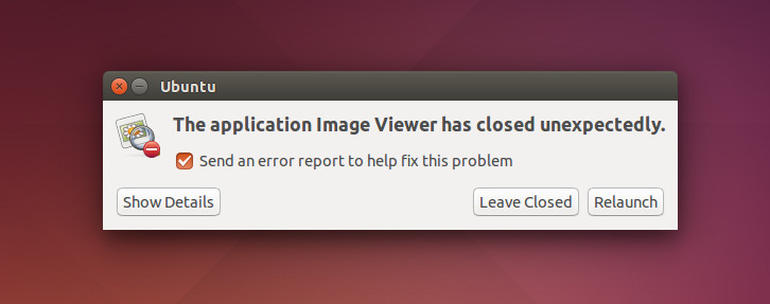
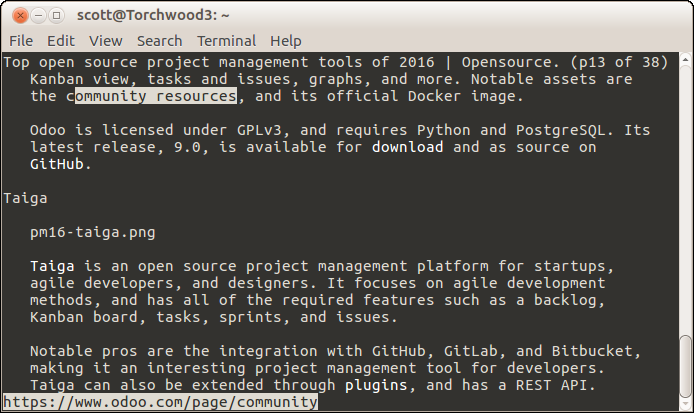
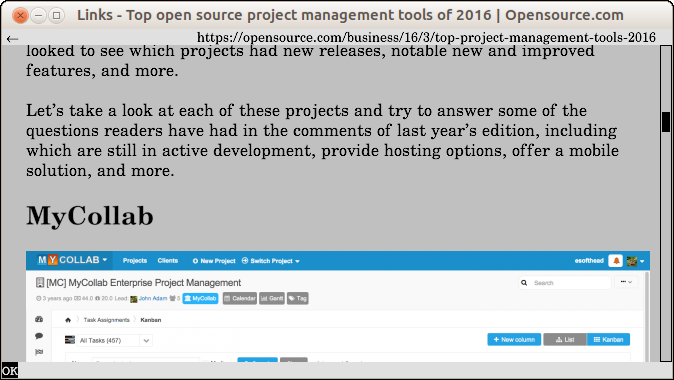
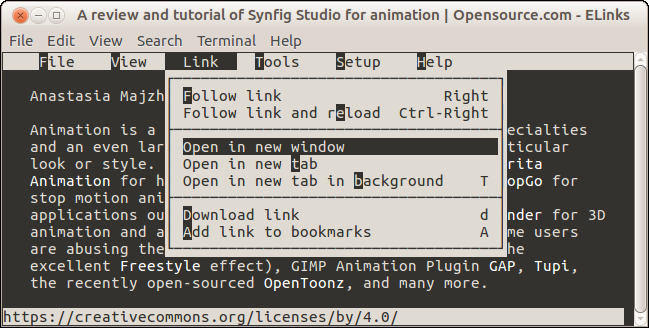
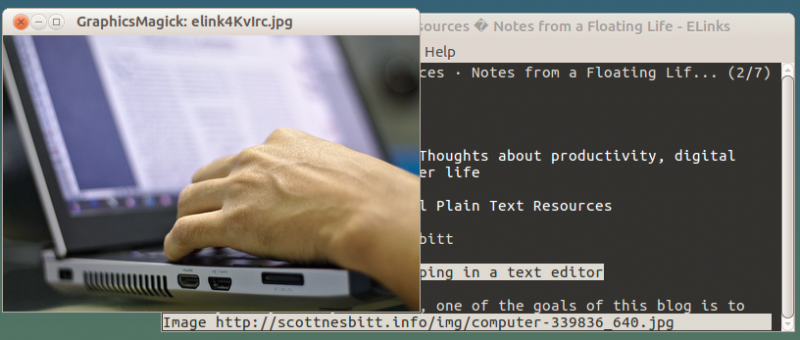
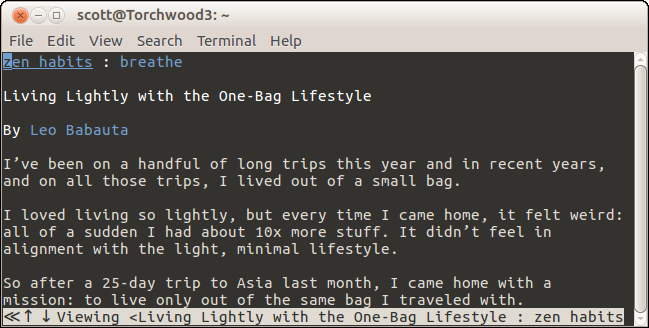
 Image: Microsoft
Image: Microsoft